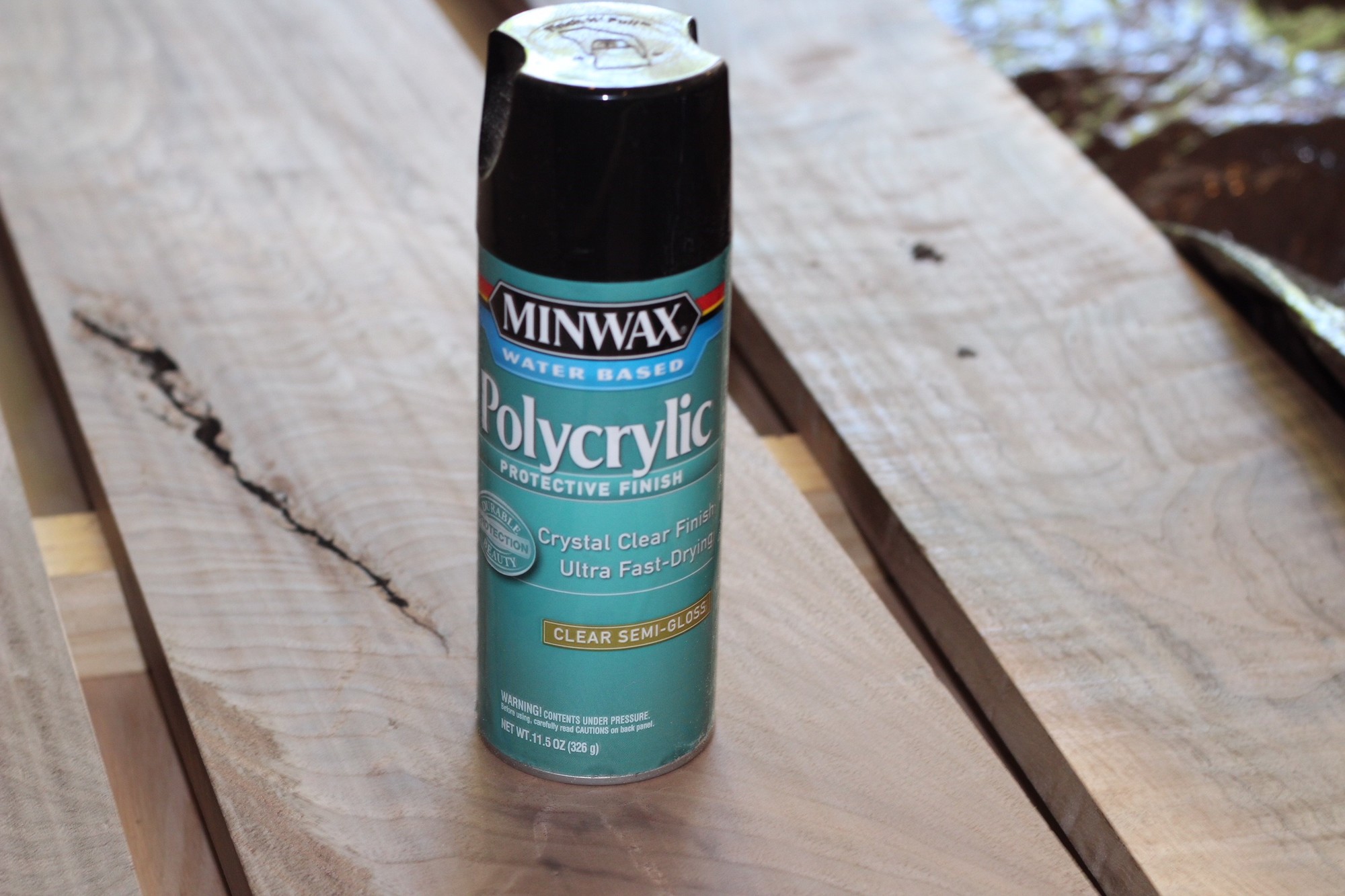What’s the Best Protective Finish for Your Woodworking Project?
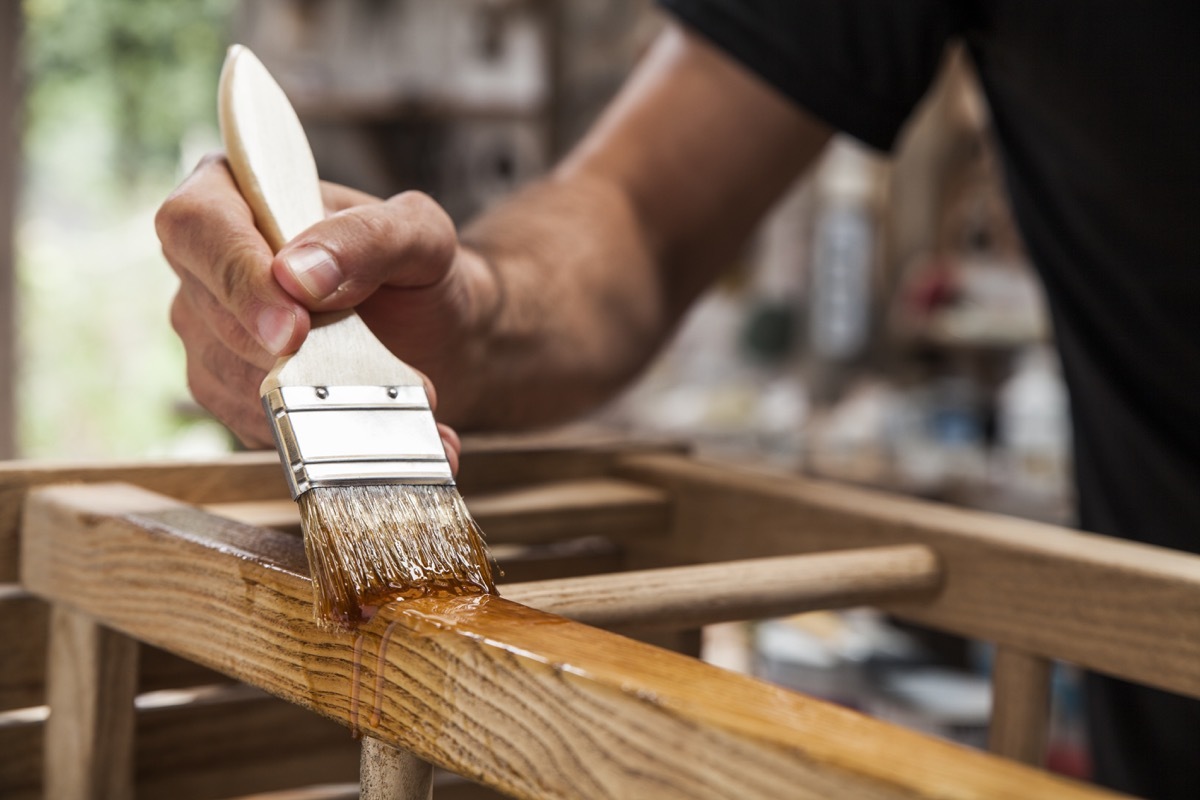
For me, completing a wood project brings a sense of great accomplishment. I’ve taken a raw piece of lumber and turned it into something beautiful and functional. However, that pat-on-the-back stops short when I remember that I still need to apply a finish to protect the wood! Applying finish is easily my least favorite part of any project, and an area where I am not as skilled as I'd like to be (everything's a learning process). Still, applying a finish is that important last step that protects the project for years to come. Applying finish is easy enough – it's knowing what type of finish to use that's the bigger battle. There's a wide variety of protective finishes out there, and all those options can easily become overwhelming. Let's start with the basics. Here's a quick guide to the differences between polyurethane, varnish, shellac and lacquer.

1. Polyurethane
Of these protective finishes, this is the one that use the most, and feel the most comfortable with. Polyurethane (poly) is basically a plastic layer that forms a thin defensive barrier over the wood. The poly comes in a liquid form and dries as a hard layer over the wood. Poly is available in both water and oil-based formals. It also comes in matte, satin, semi-gloss and glossy (from least shiny to most shiny).
Water-based poly has the advantage of being less odorous and less toxic than oil-based poly. Additionally, water-based poly dries clear without adding the slight yellowish tint that oil-based poly can, and it dries much quicker. However, water-based poly does not hold up well to heat, chemicals and high traffic. Water-based poly is great for picture frames, side tables, jewelry boxes – any area that won’t be subjected to extreme environments.
Polycrylic is a relatively new product that combines the durability and ruggedness of oil-based poly with the easier clean-up and other benefits of water-based poly. Polycrylic can be added directly over previously oil-based finishes and it should be applied with synthetic brushes, foam rollers or a rag – similar to other water-based poly.
Oil-based poly is more durable, but due to the chemicals, it should be used with a respirator in a well-ventilated space. Oil-based poly should be applied with a natural brush or rag. Oil-based poly takes longer to cure, which can be a benefit or a problem, so plan accordingly.
2. Varnish
Varnish is more often used for outdoor projects because it builds a thick protective layer over the wood. Varnish offers a superior protection over poly, as it often contains a high ratio of solids in the solution. You will often see the term “Spar” with varnish, which originated due to its use as a protective coating for the spars on sailing ships. Exterior varnishes are formulated to protect against moisture and UV rays. Varnish should be applied with a natural brush in multiple coats (some manufacturers recommend up to eight thin coats for ultimate protection). Varnish can be used on outdoor projects and items near water, such as: wooden boats, decks and outdoor furniture.
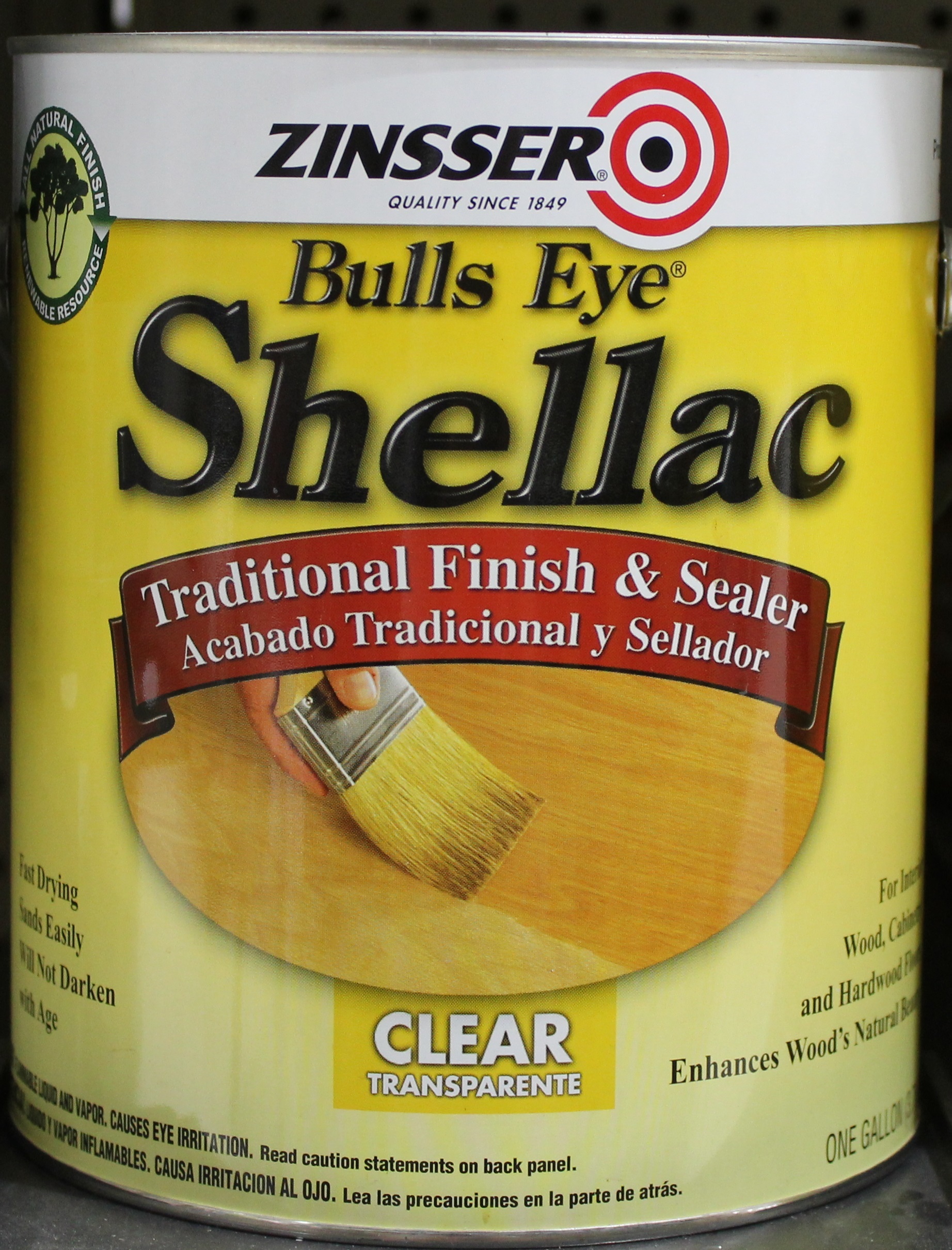
3. Shellac
Shellac is the safest of the four protective finishes in this post because it’s a natural product. Shellac is a resin secreted by the female lac bug, which is then processed and sold as dry flakes and dissolved in alcohol to make liquid shellac. Once dried and hardened, it will likely add a warm amber color to your wood project. Shellac does not do well under heat so a kitchen table is not a smart place to use shellac. Shellac should be applied with a natural brush or a cotton rag.
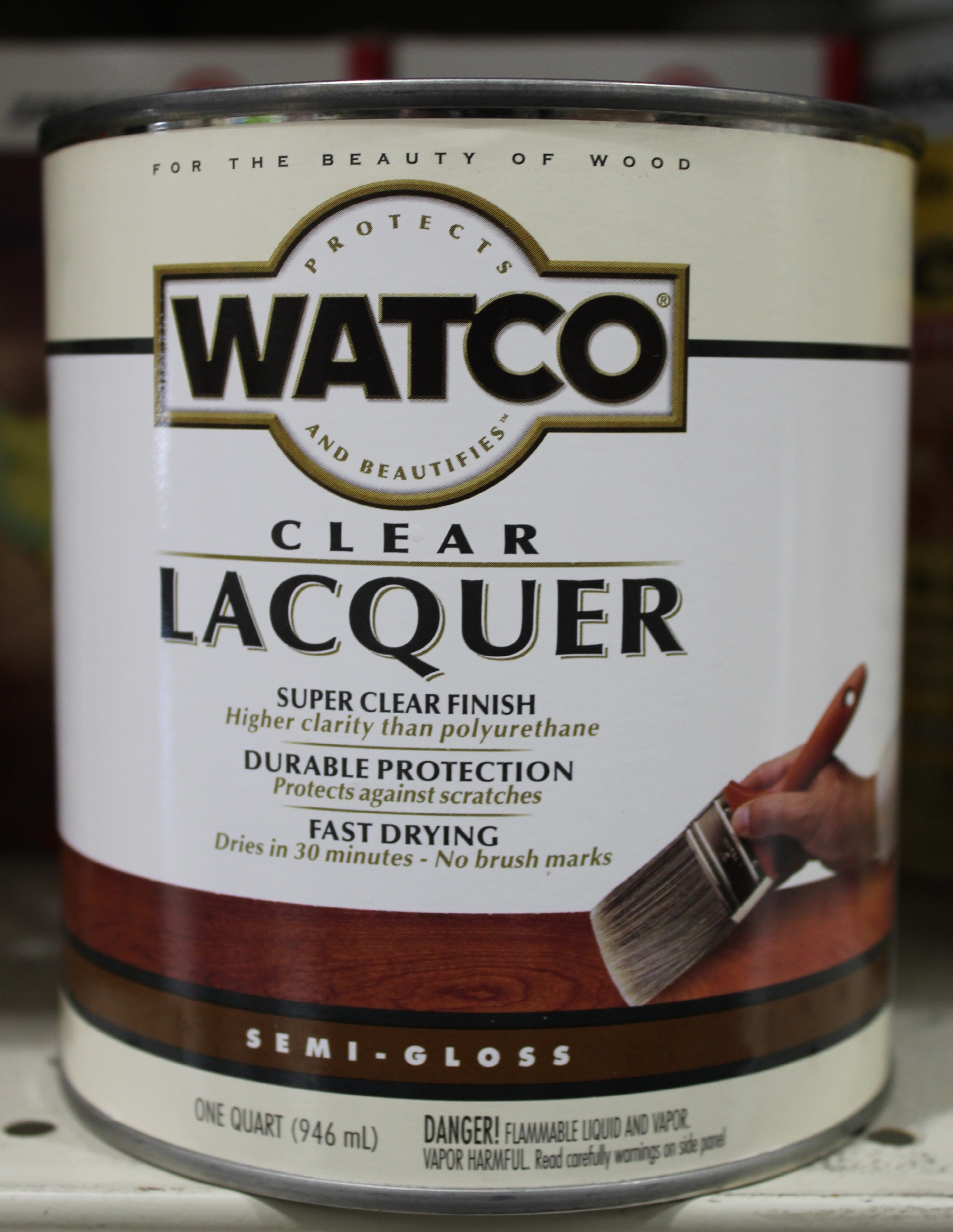
4. Lacquer
In my opinion, lacquers are the most unique protective finishes and likely a finish most woodworkers will not use very often. Lacquer finishes with an extremely high gloss and is often used with many Asian or ultramodern furniture. It is exceptionally resilient and durable, but it will discolor and scratch over time. Because of its thin consistency, lacquer should be applied with a high-volume, low-pressure sprayer in a well-ventilated area.
Generally speaking, you will want to use a natural bristle brush for all oil-based finishes and synthetic brushes for latex, acrylic or water-based finishes. Rollers and rags can be used for both types of finishes. After your top coat is cured or dried, you will want to sand your project with fine-grit sandpaper (220 grit or higher). This should be a light hand sanding and you will want to wipe off all the dust before you apply another top coat.
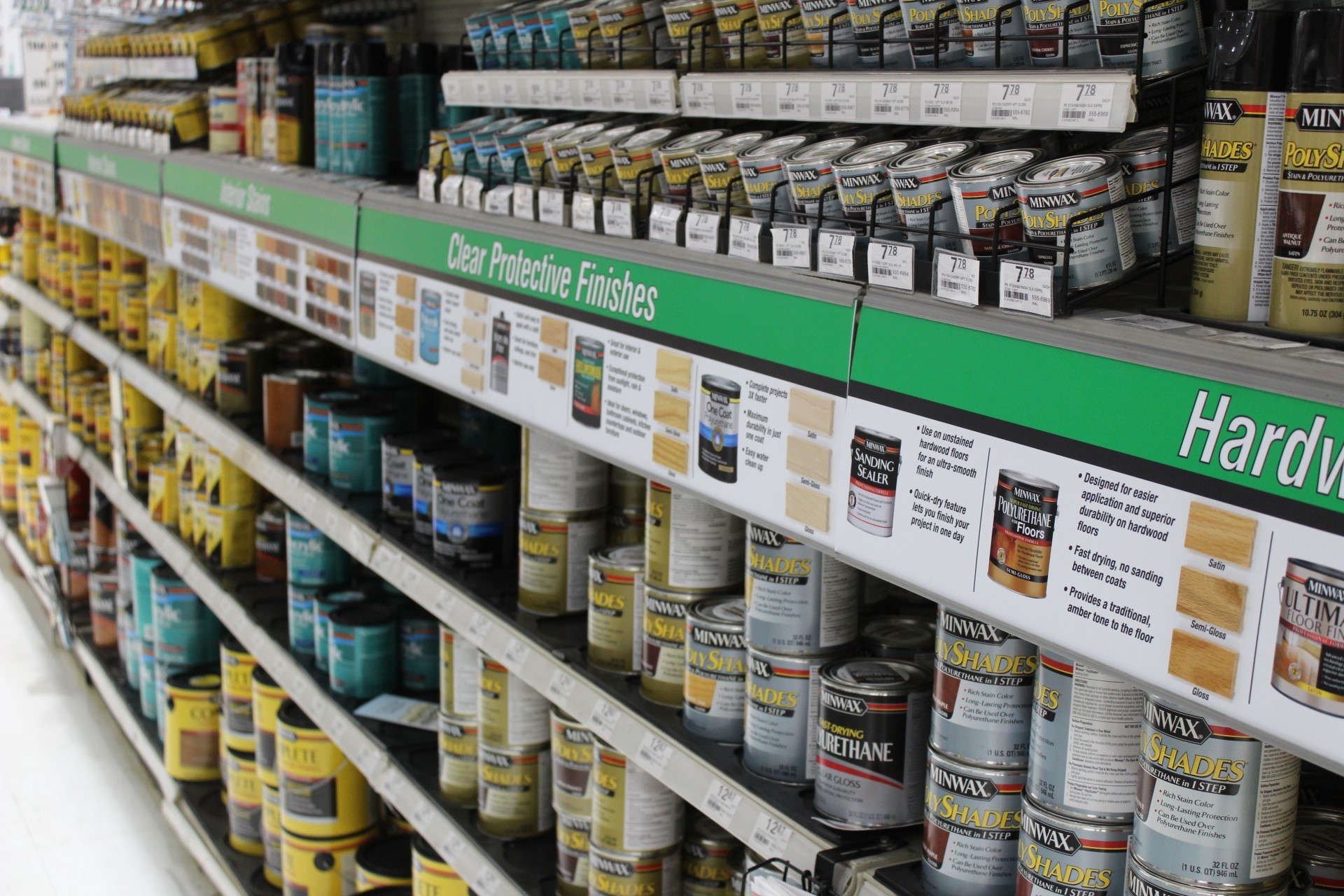
A little knowledge can go a long way. Hopefully you found the information above useful in helping you select to proper top coat finish for your next woodworking project.

